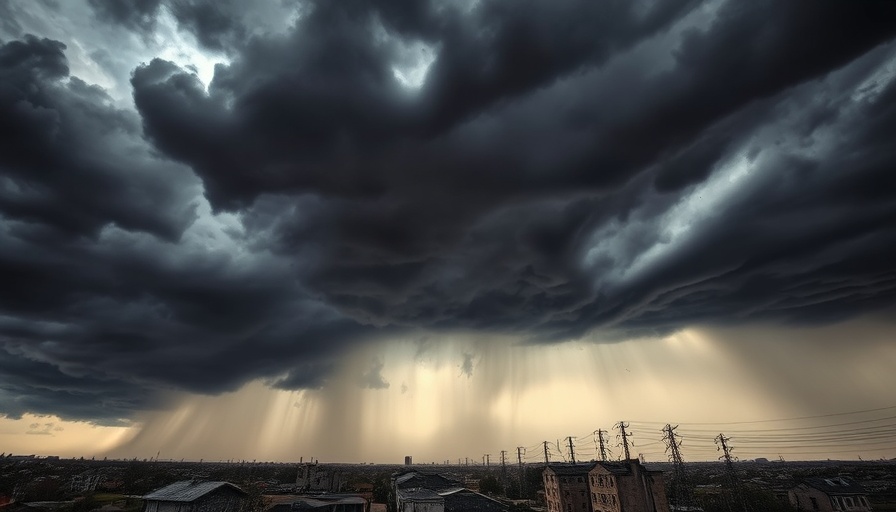
Understanding the Consequences of Severe Weather in the U.S.
The recent wave of extreme weather that swept across multiple states has resulted in a heartbreaking death toll of 36, marking this incident as a significant concern for both local and national authorities. As storms and tornadoes wreak havoc in Pennsylvania, New York, and regions stretching across the Mid-Atlantic and Southeast, it is evident that the repercussions of climate change have made such tragedies increasingly common.
President Donald Trump expressed his condolences regarding the lives lost, emphasizing the administration’s commitment to assisting affected states. The National Guard mobilization in Arkansas is a direct response to the crisis, ensuring support for local officials as they respond to unprecedented destruction. With over 340,000 residents left without power, many communities are left grappling with the aftermath of these weather events.
Missouri: A State in Crisis
Missouri has emerged as the hardest-hit state, bearing the brunt of the storm's impact with 12 fatalities reported across five counties. Governor Mike Kehoe's confirmation of one missing person and the declaration of disaster for 27 counties underline the severity of the situation. Recovery efforts will undoubtedly be prolonged, especially in areas like Butler County, where over 500 homes, along with vital community structures such as churches and grocery stores, were destroyed.
The Human Toll of Natural Disasters
Mississippi, Arkansas, Kansas, and Alabama also reported fatal incidents related to the storm. Mississippi alone recorded six deaths, with reports indicating that the storms caused injuries to 29 individuals across 21 counties. In a massive and tragic chain reaction in Kansas, eight lives were lost due to a collision involving more than 50 vehicles during a severe dust storm. Such tragedies highlight the urgent need for improved safety measures and infrastructure to protect communities from these types of disasters.
Impacts Beyond Immediate Damage
The emotional and economic repercussions of these storms will resonate long beyond the immediate loss of life and property. Families who have already suffered the loss of loved ones or are now displaced from their homes face not only the stress of recovery but also the long, arduous path to rebuilding their lives. Insurance settlements, temporary housing solutions, and access to essential services become a top priority and can often take years to resolve.
Looking Towards the Future: Weather Preparedness
As climate patterns shift and extreme weather events become something we must expect rather than merely prepare for, addressing public safety has never been more crucial. The National Weather Service reported a staggering 39 tornadoes over the weekend, with numbers still being finalized. This frequency of tornadoes can be mitigated by improving early warning systems, community emergency plans, and public education on disaster preparedness.
Ultimately, fostering resilience within communities through planning and preparation can save lives. As individuals, we must also realize our responsibility in advocating for climate policy changes to combat the underlying issues contributing to such weather extremes.
What Can You Do?
In light of these events, now is the time for individuals and communities to step up and engage with emergency preparedness initiatives. If you live in storm-prone areas, consider reviewing your emergency plans and ensuring your family knows what to do in the event of extreme weather. Additionally, stay informed on community resources and support systems available for those affected by such disasters.
By taking proactive measures, we can work together to mitigate the impact of future extreme weather and potentially save lives.
For more stories and updates on national news, visit reputable news outlets regularly. Remain informed and prepared, not just for yourself but for all those around you who may be affected by such devastating events.
 Add Element
Add Element  Add Row
Add Row 



Write A Comment